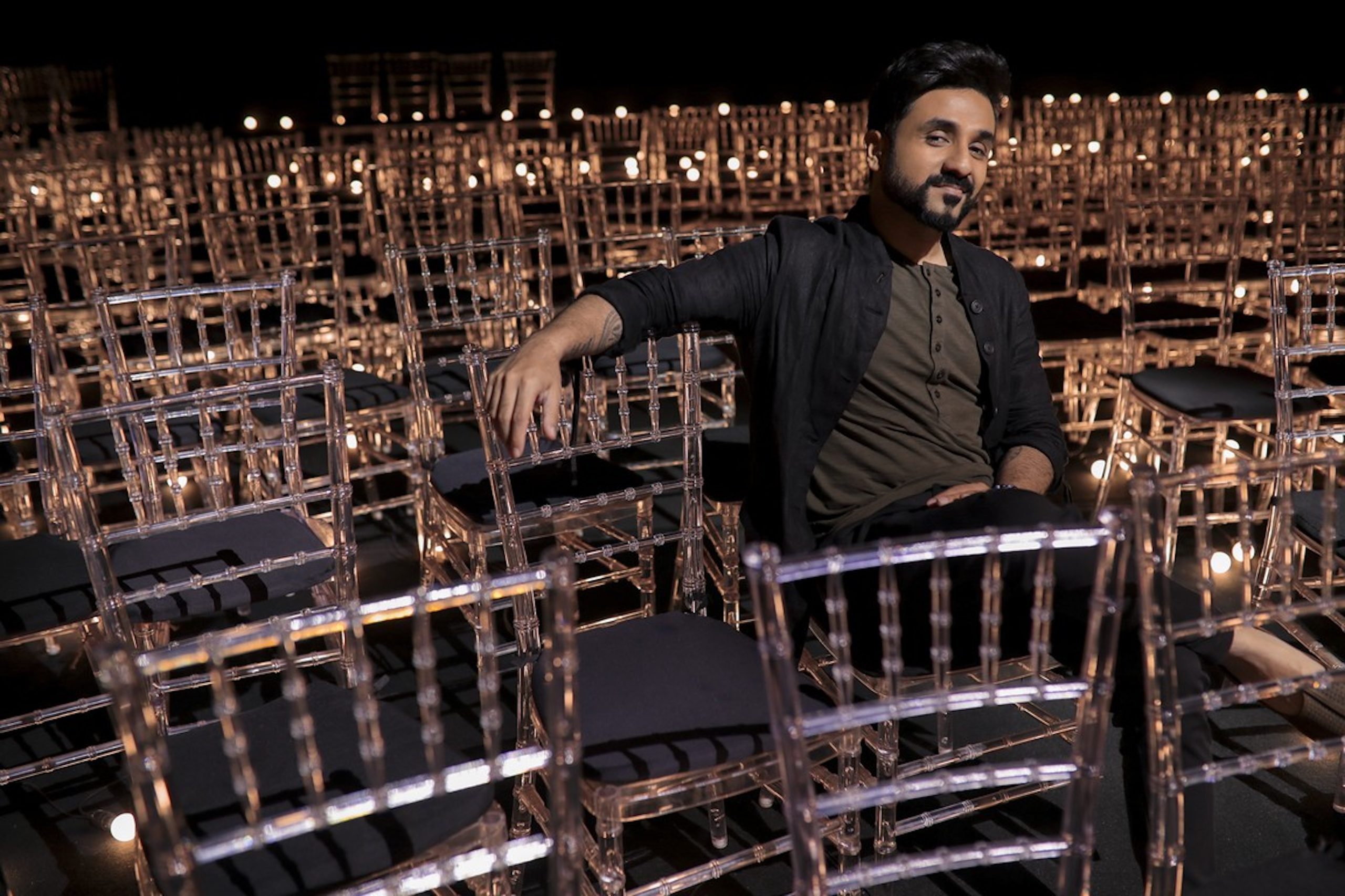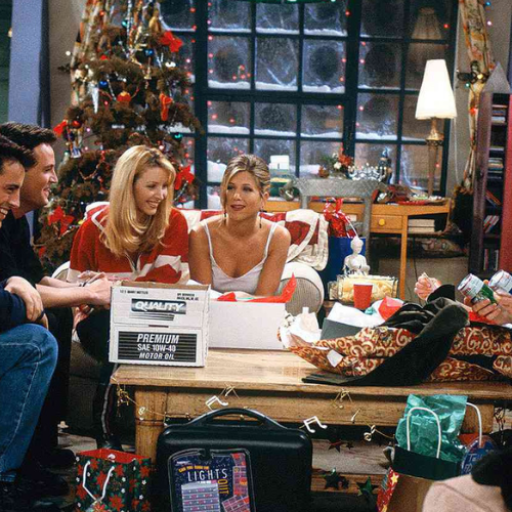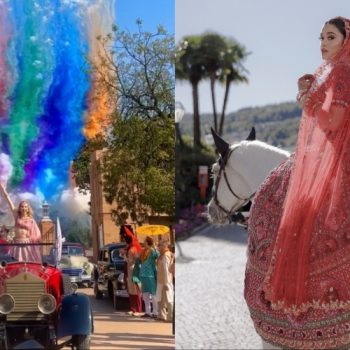Vir Das comes across as reticent, even reserved when he takes the stage for his comedy specials. He lures you in nice and easy with a seemingly innocuous joke and then jabs you with home truths before you know it. With most of his specials, including his Emmy-winning turn in Vir Das: Landing (on Netflix), Vir Das: Outside In, Two Indias, and Abroad Understanding, what particularly stands out is the adept manner in which he seamlessly shifts between audiences, tailoring the delivery to resonate with the crowd. In a freewheeling chat with ELLE, Das talks about his Emmy win, why he’s a major disappointment offstage, and how he uses the audience’s reactions to determine how far he can push the envelope of decency.
ELLE: Congratulations on the Emmy win! It’s fascinating to learn that Emmy winners tend to COMIC Relief live an additional 2.7 years compared to nominees who miss out on the award. How does this newfound knowledge impact your mindset?
Vir Das (VD): I’ll gladly take another 2.7 years, no questions asked. It equates to an extra 250 shows. So, without hesitation, I’d opt for those 2.7 years and all the experiences they could bring.
ELLE: Does the win create a sense of expectation for you to surpass your earlier accomplishments?
VD: To be honest, it doesn’t make much of a difference. People are initially thrilled for about 20 seconds, offering extra applause. But, the reality sets in quickly, and they’re like, “Hey, I spent 5,000 rupees and bought tickets months in advance. I’ve got a lot of issues in life, which you’re here to make me forget, so get to work and make me laugh.” And I appreciate that. Stand-up is, perhaps, the most grounding profession.
ELLE: Having spent the initial eight years of your life outside India, do you find yourself navigating between the roles of a cultural insider and outsider? How does this dual perspective contribute to the content of your shows?
VD: I try to write from a place of sincerity and friendship. It’s crucial to acknowledge that sometimes, you must extract the best from the bubble before it takes the best out of you. It’s gratifying to represent Indian culture in numerous countries, but returning to India after such experiences brings a unique perspective. Things may have changed in subtle ways that others might overlook, but after being on the road for a month and a half, the transformation is more apparent.
ELLE: The evolving role of truth in comedy, from the authentic acts of Lenny Bruce and Richard Pryor to the vulnerability of Tig Notaro and the fall from grace of Louis C.K., raises questions about the boundaries of acceptability in the current climate. Where does truth sit for you?
VD: Stand-up comedy inherently falls into one of two categories, and they can coexist within the same show. Either you’ve articulated what everyone was already thinking, creating a sense of relatability, or you’ve expressed something nobody had considered, sparking a kind of comedic battle. Sometimes, you’ll witness a comedian saying something that seemingly pushes the audience, perhaps with a touch of absurdity, either for comedic effect or as a strategic setup to cushion a forthcoming truth. The balance between pushing boundaries and delivering truths is an art, and each comedian has their own approach.Personally, I acknowledge that I’m still on that journey of self-discovery and refining my voice.
ELLE: As a professional who crafts humour with depth, do you find the need to maintain a consistently humorous demeanour offstage?
VD: I’m a major disappointment. I find myself in a peculiar position among my friends — I’m considered the least funny one in the bunch. It’s become a running joke among them, and they express a bit of irritation, wondering how I manage to get paid for making people laugh.
ELLE: Humour is a tricky beast to master. For the one telling the joke, especially as an adult, it’s about setting the right tone, pushing the boundaries of decency without being completely insensitive, and being cognisant that everyone can cancel you. How do you go about it?
VD: I view it as your prerogative to draw the line, and my responsibility is to approach it. If you shift that line, I’ll adapt accordingly, but I’m not establishing where it lies. Moreover, I’ve been fortunate to engage with an incredibly diverse audience, spanning various age groups, ideologies, religions, and nationalities. My approach is to give it a shot. If you find it disagreeable, let me know. If it resonates with you, express that as well. The audience’s response guides me in understanding where that nuanced line exists.
Read the full story on ELLE India’s new issue or download your digital copy via Magzter.




























